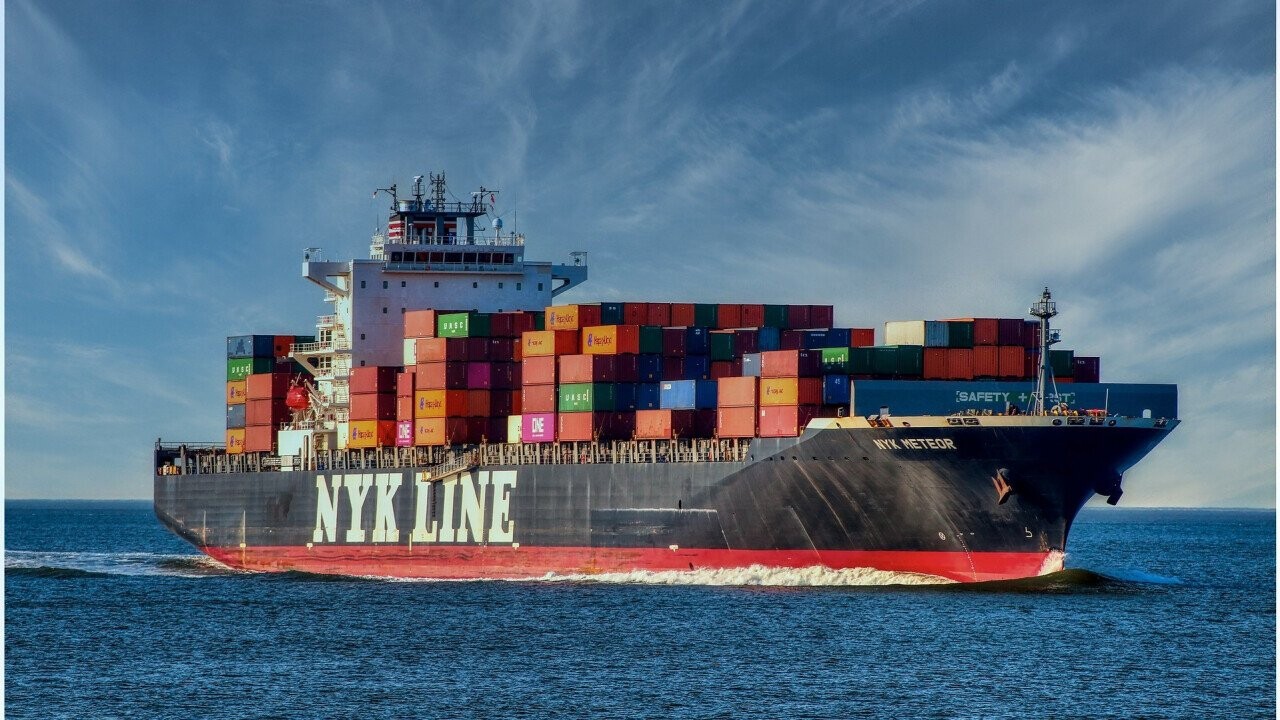The fragility of supply chains was clear, even before the war in Ukraine. If they break, your business model soon faces risks. Supply chains also need to be re-thought and re-imagined from the perspective of social justice.
Just-in-Time has long been the gold standard for business controllers and cost-optimisers. Primary products, raw materials, and components should not be assembled or processed until they are actually needed. But this requires absolute precision. In principle, it’s an attractive idea, which externalises both capital costs and responsibilities. However, a break in this kind of supply chain rapidly leads to bottlenecks. If there are no alternative suppliers, work processes will start to falter. By that point, the cost advantage will have turned into an incalculable risk.
The Covid pandemic showed how fragile global connections are and how inflexible production processes have become. Natural disasters, a container ship getting stuck, or armed conflicts cause bottlenecks, upheavals whose repercussions are felt far beyond the place where they occur. A new crisis tomorrow might present us with new problems, and climate change is bringing fresh uncertainties.
There is no doubt that the current structure of global supply chains is under pressure, so many businesses are currently building new chains, but are often faced with a shortage of fast options. This is not a question of reversing globalisation, but of making business connections more resilient and less susceptible to disruption. Nearshoring, which reduces transport distances, could be a solution. This would reduce both transit risks (a stuck container ship) and the emissions load. Reshoring, on the other hand, which means re-establishing local production, often fails because the required competences have disappeared. Nevertheless, the days when suppliers were selected on the basis of lowest cost seem to be coming to an end.
In future, however, it will not only be a matter of improving resilience; the sustainability of the supply chain will also have to be reassessed. In this case, sustainability means ensuring that suppliers have firmly established environmental and social standards, which cover respect for human rights, fair pay, rejection of child labour, protection of health, and many other aspects. This must extend not only to Tier 1 but, as far as possible, also to the sourcing of raw materials. This is the only way to highlight, address, and change unsustainable flaws. Success is not always immediate, a current example being the controversial extraction of cobalt for electronic components and batteries. In the end, sustainable supply chains must minimise adverse effects in all phases of production.
This is quite clearly a matter of strategy; in other words, the business must commit to this objective at all levels, and organise its activities accordingly, or change them. That requires the respectful cooperation of all relevant suppliers, and the synchronisation of all individual efforts – this is the only way to achieve effective results. The expense involved must certainly not be underestimated; the learning curve may be steep and costs may also rise. But experts agree that, in the long term, the tangible economic advantages outweigh these drawbacks.
The opportunities are obvious:
- The business’s reputation will be enhanced, both with consumers and B2B customers, and with its own employees.
- Efficiency will be increased by new production processes and by improving the quality requirements for suppliers. This will also reduce costs.
- Supply-chain disruption is less likely and operational risks to the business will be reduced.
- Innovation will increase, because a consistent sustainability strategy opens up new prospects and implements new processes, procedures, and technologies.
- Businesses that operate sustainably are more attractive to investors.
The majority of businesses are undoubtedly only just beginning to reassess and restructure their supply chains. Those who are already further ahead in the process can use this as a competitive advantage, as long as communication is coherent and all steps are transparent.
